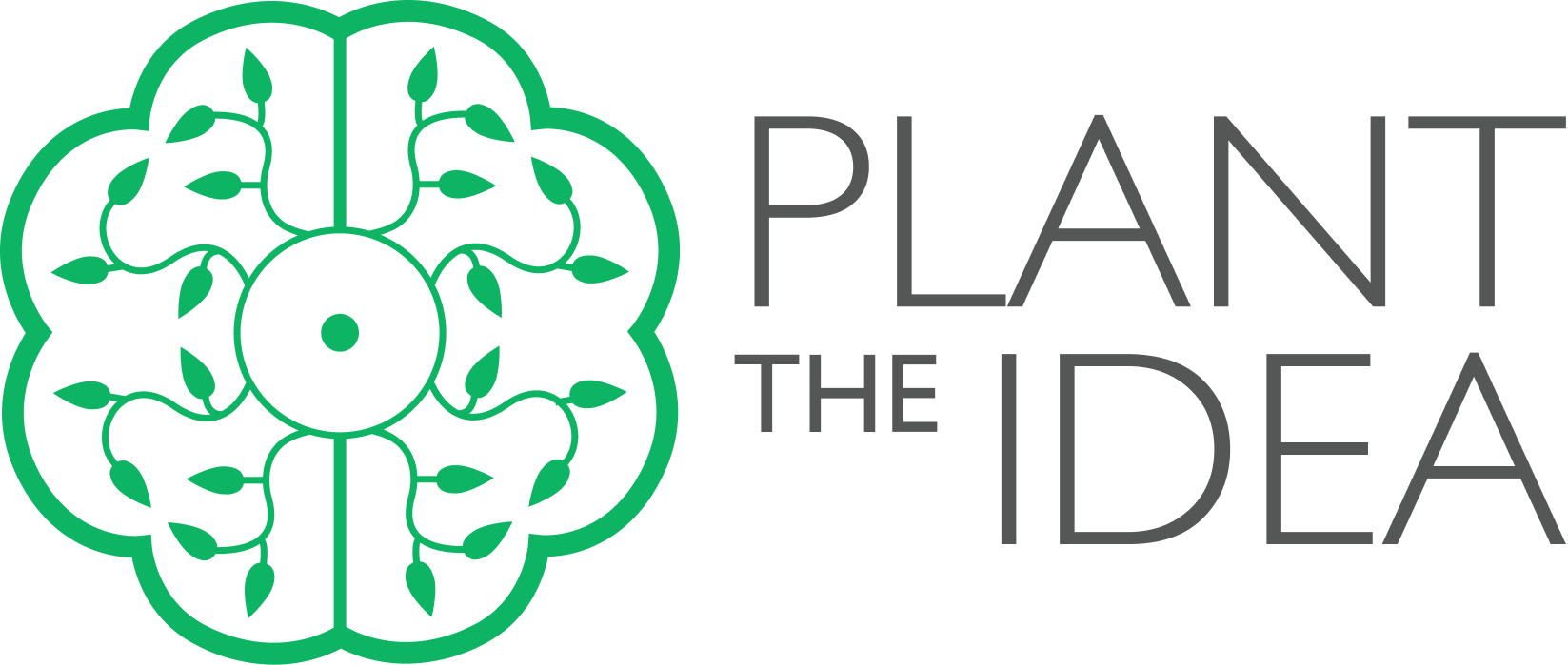What is the Shipibo-Konibo tradition?
The number of Shipibo-Konibo people in Peru is small, approximately 40 thousand people. They mostly live together in villages on the banks of a large tributary of the Amazon - the Ucayali River. This relatively small tribe has become known throughout the world for the fact that they have managed to preserve the oldest tradition of shamanism known to us (curanderism) using various master plants. The main one of course, is ayahuasca.
Despite its worldwide fame, ayahuasca is only one of the plants in the Shipibo-Konibo's coherent teacher plant system.
Widespread throughout the Amazon and beyond, the sacred concoction is made from a wide variety of ingredients. Sometimes other plants are added to the decoction to obtain various effects - tobacco, acacia, toé, and many others. But not in this case. Anyone who decides to follow this path should know what plants are contained in the decoction they consume. This can be one of the most important and formative experiences in life, which is why it should not be taken lightly.
Working within one specific shamanic line gives confidence in where the decoction comes from, who makes it, and what is included in its composition.
The concoction used in Plant The Idea contains only two plants: ayahuasca and chacruna. Ayahuasca gives an effect called mariation - it is cleansing and spiritual enlightenment, while chacruna produces visions.
Widespread throughout the Amazon and beyond, the sacred concoction is made from a wide variety of ingredients. Sometimes other plants are added to the decoction to obtain various effects - tobacco, acacia, toé, and many others. But not in this case. Anyone who decides to follow this path should know what plants are contained in the decoction they consume. This can be one of the most important and formative experiences in life, which is why it should not be taken lightly.
Working within one specific shamanic line gives confidence in where the decoction comes from, who makes it, and what is included in its composition.
The concoction used in Plant The Idea contains only two plants: ayahuasca and chacruna. Ayahuasca gives an effect called mariation - it is cleansing and spiritual enlightenment, while chacruna produces visions.
There are two types of decoction - the so-called yellow ayahuasca, or heaven ayahuasca (cielo ayahuasca) and black ayahuasca (negro ayahuasca). At Plant the Idea, we exclusively use the heavenly brew (cielo ayahuasca) prepared by Fernando Levi Mahua (father).
Other plants often used by the Shipibo-Konibo are toé, noya rao, chiric sanango, bobinsana, rose, tree of life, and many others.
Other plants often used by the Shipibo-Konibo are toé, noya rao, chiric sanango, bobinsana, rose, tree of life, and many others.
Shipibo-konibo lives in amazonian
jungle in province Ucayali
jungle in province Ucayali
In the Shipibo-Konibo tradition, only true masters can work with ayahuasca. They are called maestros, and in order to become a maestro, many years and difficult training is necessary.
Until now, several hereditary shamanic lines have been preserved, which pass on their knowledge from generation to generation.
Until now, several hereditary shamanic lines have been preserved, which pass on their knowledge from generation to generation.
About Samá Dieta
Master Plant Dieta
The Sama diet and ayahuasca ceremonies in the Shipibo-Konibo tradition form one cohesive whole. In short, in the Sama diet the maestro usually chooses, together with the participant, or dietero, a specific plant to solve specific problems. Ayahuasca opens the door to the energy of this plant, allowing one to feel its subtle yet powerful and transformative energy.



It is the Sama diet that is the key that allows you to learn from the plant, to use its power to heal yourself and others. Diet is a complex but fascinating and magical process of spiritual growth, revealing the amazing connection between a plant and its wisdom. Diet is the way of the shaman.
The plant works not only during ceremonies, but also between ceremonies and long after the retreat. The success of the Sama diet is directly related to the extent to which the participant maintains discipline, or ayuna. The discipline is as follows:
⁃ during the diet, the participant does not eat certain foods - in particular, food must be unsalted, sugar is prohibited (honey is allowed), spicy, bitter, dairy, red meat and some other restrictions.
⁃ during the diet, discipline also applies to a variety of distractions. Diet Sama - this practice is meditative, in many ways, the practice of immersion in oneself. It is undesirable to read books, watch movies, or listen to music. However, whatever comes out of you is welcome. Any records, ideas, playing musical instruments, singing, in general, everything that comes out of you - all this is very good for the Sama diet. The Sama diet is the best time to not be distracted by other people's thoughts and their teachings, but to listen to yourself and the plant you are working with.
⁃ often Shipibo who are on a diet go into seclusion and some live near the village if they have any business in the village. Therefore, we also believe that in some cases and if you feel it is necessary, the restriction of the Sama diet does not apply to your work, your business. However, it is very important to understand where your work ends and distraction begins. The diet makes you exceptionally empathetic to yourself, so you will definitely feel this moment and be able to gently return to discipline.
⁃ during the diet, the use of any drugs and alcohol is prohibited
⁃ during the diet, any sexual contacts are limited (including masturbation)
The plant works not only during ceremonies, but also between ceremonies and long after the retreat. The success of the Sama diet is directly related to the extent to which the participant maintains discipline, or ayuna. The discipline is as follows:
⁃ during the diet, the participant does not eat certain foods - in particular, food must be unsalted, sugar is prohibited (honey is allowed), spicy, bitter, dairy, red meat and some other restrictions.
⁃ during the diet, discipline also applies to a variety of distractions. Diet Sama - this practice is meditative, in many ways, the practice of immersion in oneself. It is undesirable to read books, watch movies, or listen to music. However, whatever comes out of you is welcome. Any records, ideas, playing musical instruments, singing, in general, everything that comes out of you - all this is very good for the Sama diet. The Sama diet is the best time to not be distracted by other people's thoughts and their teachings, but to listen to yourself and the plant you are working with.
⁃ often Shipibo who are on a diet go into seclusion and some live near the village if they have any business in the village. Therefore, we also believe that in some cases and if you feel it is necessary, the restriction of the Sama diet does not apply to your work, your business. However, it is very important to understand where your work ends and distraction begins. The diet makes you exceptionally empathetic to yourself, so you will definitely feel this moment and be able to gently return to discipline.
⁃ during the diet, the use of any drugs and alcohol is prohibited
⁃ during the diet, any sexual contacts are limited (including masturbation)

Noya Rao or "Flying Tree", "Tree of Light" and "Path of Truth". Noya Rao curanderos from the Shipibo-Konibo tribe began to diet relatively recently - from the beginning of the 19th century. The first dietero was a man from Brazil.
The choice of plant and the duration of the Sama diet depends on the tasks facing the person and his intentions. We have a preparatory call with the participant, we identify his plant - then the maestro finds this plant in Peru and brings it to the participant. After the retreat, you can take your plant with you. Please don't worry about the legality of the plant - the plant itself (without ayahuasca) is not psychoactive, it is not illegal, and sometimes even quite common - for example, oak, lotus or eucalyptus.
If you choose to continue with the diet, you can do so after the retreat.
The tradition of working with ayahuasca and plants of power among the Shipibo-Konibo people is widely known in Peru and beyond, primarily due to the fact that shamanic lines are still preserved, where knowledge is passed down from generation to generation.
In ceremonies, the Shipibo-konibo use icaros - special songs that are also traditional and with the help of which a significant effect of ayahuasca is achieved, which heals at the physical, emotional, and energetic levels. Icaros are written in patterns, known as Shipibo patterns, which they often put on clothing, utensils, and their homes. The action of ayahuasca on the physical level during the ceremony is called mariosion. An experienced maestro can reduce the marionion if he sees that it is necessary. Among other things, the maestro uses various decoctions of plants and massage for treatment.
The complete diet lasts 3 months. However, short-term diets lasting from one to two weeks are acceptable. The duration of a particular diet depends on the particular plant.
If you choose to continue with the diet, you can do so after the retreat.
The tradition of working with ayahuasca and plants of power among the Shipibo-Konibo people is widely known in Peru and beyond, primarily due to the fact that shamanic lines are still preserved, where knowledge is passed down from generation to generation.
In ceremonies, the Shipibo-konibo use icaros - special songs that are also traditional and with the help of which a significant effect of ayahuasca is achieved, which heals at the physical, emotional, and energetic levels. Icaros are written in patterns, known as Shipibo patterns, which they often put on clothing, utensils, and their homes. The action of ayahuasca on the physical level during the ceremony is called mariosion. An experienced maestro can reduce the marionion if he sees that it is necessary. Among other things, the maestro uses various decoctions of plants and massage for treatment.
The complete diet lasts 3 months. However, short-term diets lasting from one to two weeks are acceptable. The duration of a particular diet depends on the particular plant.
Listen and subscribe to our Soundcloud
Here are our records from Amazon Jungle in Peru of our Shipibo-Konibo curanderos on ayahuasca ceremonies (recording by Matti De Bruyne, 2022).
Plant The Idea is an indigenous-centered healing and transformational project, organized by
Ceibo Tour E.I.R.L.,
Register number 20609527642
Address: Pisac, Calca Province, Cusco Region, Peru
Ceibo Tour E.I.R.L.,
Register number 20609527642
Address: Pisac, Calca Province, Cusco Region, Peru












